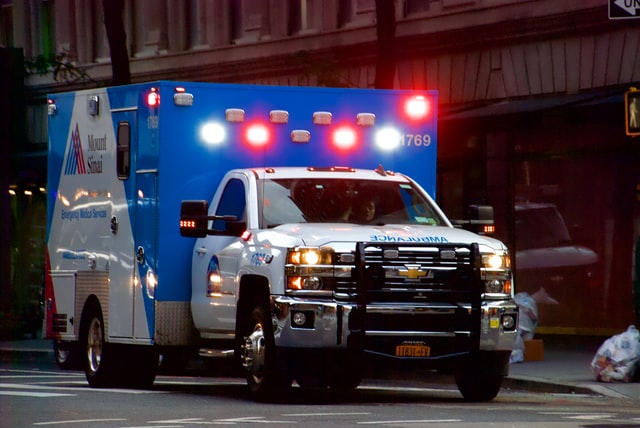In previous columns, we discussed the financial issues which the city claims justify the creation of a fire district, with a large tax increase for all Ferguson residents. The second justification for the fire district, as outlined in their presentation to city council, was the need to convert our fire department from basic life support (BLS) to advanced life support (ALS). We will explore that claim here.
First, it’s important to understand the difference between ALS and BLS. The primary difference is that ALS providers are permitted to give injections, administer medications, and insert an airway tube. The additional training needed for this drives a higher pay scale. Since most fire department job openings in our region are for ALS certified staff, employee turnover can be a problem unless we match the pay of more affluent departments. That, in a nutshell, is the ALS justification for a fire district.
So why are fire departments pushing a move to ALS? They say it’s because it saves lives. But research doesn’t justify that claim. The largest study of patient outcomes, the Ontario Prehospital Advanced Life Support, found a “lack of evidence for the effectiveness of advanced life support in out of hospital cardiac arrest.” Summarized in an article on EMS1, they found mixed results for ALS. In fact, another study found better outcomes for cardiac arrest among those receiving BLS care. The studies also found that for major trauma victims, mortality increased substantially under ALS treatment. The article’s conclusion: ” The outcomes of these studies emphasize that definitive care for severely injured trauma patients is most likely to be in the operating room rather than on the side of the highway.”
Of course, a positive outcome with BLS care depends on getting a patient to the hospital quickly. So in a rural area, where the nearest hospital could be an hour away, treatment “on the side of the highway” might be necessary, if not ideal. But we aren’t in a rural area. My home in Ferguson is just 3 miles from the emergency care facility at Northwest healthcare, and only 10 miles from Barnes and DePaul hospitals. With high quality emergency care available just minutes away, it makes no sense to treat people “on the side of the highway.”
Another important fact is being left out of this discussion: A ambulance, staffed with ALS qualified personnel, is stationed at the firehouse on Florissant Road, at no cost to the city. This ambulance does serve surrounding communities, so they may not always be available. Ultimately, it probably doesn’t matter, as we’ve already discussed. But the reality is that most of the time, when ALS treatment is needed, it isn’t going to be provided by fire department staff anyway.
One analyst described a sensible model for urban service:
“I’d have tiered response EMS systems in the large urban centers. They’d be staffed with a bunch of dual-EMT trucks, with a small cadre of dual-medic ALS ambulances available. They’d all be dispatched via a validated triage protocol, one that bases response resources on evidence-based medicine, not perceived liability.
The BLS trucks in this system would handle the vast majority of calls. If an ALS unit transports, it’s only because the patient needed an intervention only a paramedic could provide.”
In real life, that means when I broke my wrist in a cycling crash several years ago, the city would have transported me to the hospital rather than putting me in the private ambulance. This practice would greatly reduce the load on the expensive ALS ambulance, eliminate the need for the fire department to hire additional ALS qualified staff, and have no impact on patient outcomes.
So what would be the impact of continuing our shift to ALS? According to the fire department presentation, it would create turnover, where we presently have none. Replacing long-time employees with short timers who are polishing their resume for the next, better paying job, doesn’t strike me as a good move. Dedicated BLS level employees who are familiar with our equipment and our community, and who make a career in Ferguson, seems like a good way to serve our needs. And if we don’t need ALS, we don’t need a fire district.
Additional references:
Outcomes After Out-of-Hospital Cardiac Arrest Treated by Basic vs Advanced Life Support – NIH summary.
Outcomes After Out-of-Hospital Cardiac Arrest Treated by Basic vs Advanced Life Support – original article in Journal of the American Medical Association, Internal Medicine.
Outcomes of Basic Versus Advanced Life Support for Out-of-Hospital Medical Emergencies – discussion in Annals of Internal Medicine.
Study: BLS patients have higher rates of survival than ALS ones – coverage on EMS1.
